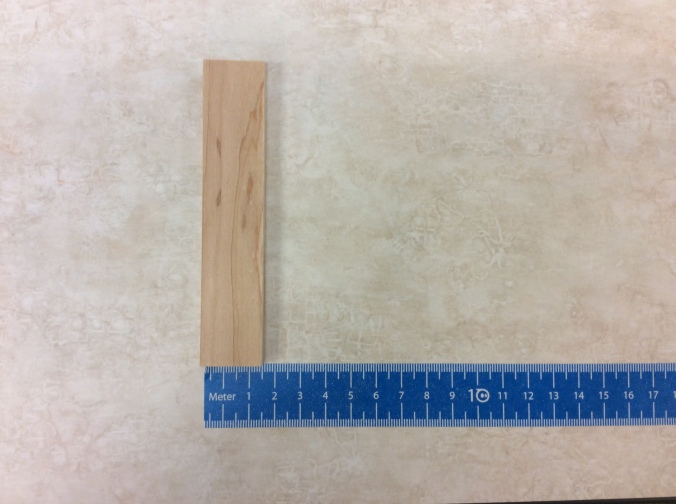So, today I got to play with blocks called Keva planks. A set of Keva planks are nothing more than a whole bunch of congruent wooden rectangular prisms. You can build towers, mazes, bridges, and… of course… geometric shapes.
So, a task came to my mind. Let’s suppose we were going to take the planks and make the smallest possible cube.
- How many planks would we need for the combined widths to match the length of a single plank?

The answer’s five, by the way. So, each face is 5 planks wide (which is a single plank long)
Looks kinda like this…


So, naturally… now we can calculate stuff. Like surface area and volume. But to do that, we’ll need some numbers.



So, in my haste, I clearly did a lousy job of lining up the blocks on the measuring tape. Sorry about that. Not exactly a deal breaker, but annoying.
But since maker materials are becoming more common, I figure you might prefer your students pull their own measurements.
There are a couple of ways that I could see variations of these: different shapes (different kinds of prisms, for example). I could also consider challenges like, given x-number of blocks, who can build a figure with the largest volume or a flat shape with the largest area?
Keva blocks seem like a low-risk, high reward manipulative simply because the start-up would be so quick. What could you do in your class with a set?